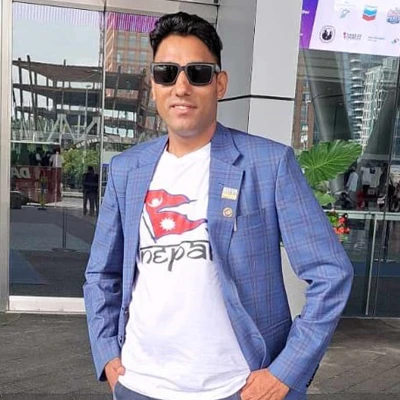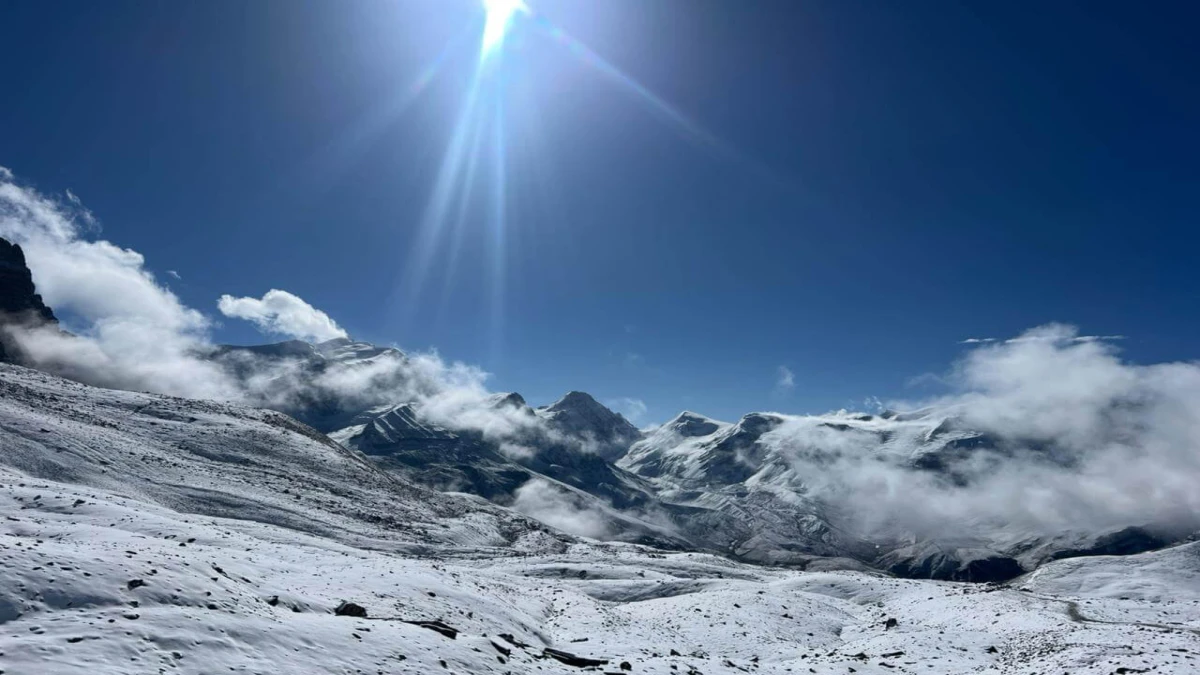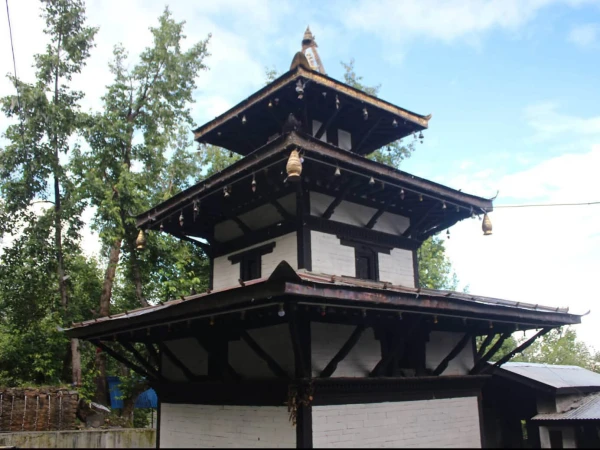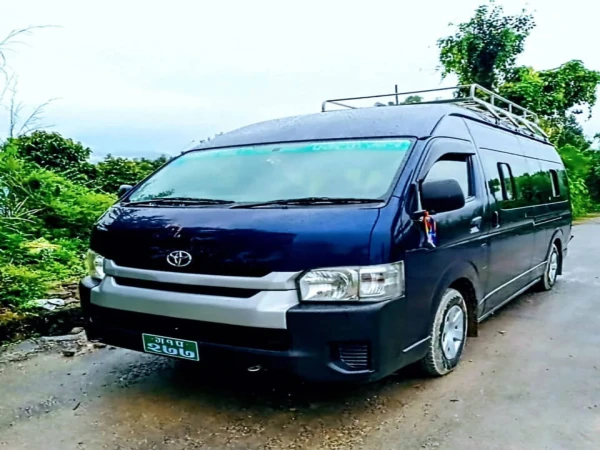Overview
Have you ever dreamed of Trekking in Nepal? Imagine walking where the big, snowy mountains tell stories. Nepal is the heart of the Himalayas. It has some of the best trekking routes where kind souls welcome you like you’re one of them. It’s a place where every trail has stunning beauty, but not only that, it also has people with open arms and warm hearts that make you feel you’re at home.
I’m writing this blog for all the dreamers who dream of trekking in Nepal and for those who are hungry for adventure. If it’s the famous Everest Base Camp Trek (EBC) or the peaceful Annapurna Circuit trek, Nepal offers all kinds of treks for every kind of traveller. From short and easy treks to tough climbs. Every trek ends with a beautiful story that remains with you forever.
Nepal is way more than just tall mountains and tough trails. The vibrant festivals are celebrated in the mountain villages. The markets full of colourful handmade crafts are waiting for you to explore. When you trek in Nepal, it’s not about reaching the top, it’s about the journey itself. It’s about the people you meet in a way, the stories you share, and the memories you bring back with you. Adventure in Nepal is something that stays in your heart forever.
Guide and porter while trekking in Nepal
Hiring a guide and porter while trekking in Nepal is one of the best choices. Especially if it’s your first time in Nepal’s Himalayas. A guide is more than someone who shows you the way. They share the hidden stories, explain local culture, help with the permits, arrange places to stay, and make sure of your safety. Guides in Nepal speak good English and are humble too. They will definitely be the best trekking partner for you. A porter carries all your heavy bags so that you can walk freely. This makes your trek comfortable and enjoyable.
You can easily arrange a trusted guide and porter through a registered trekking agency in Kathmandu or Pokhara. They provide you with licensed guides and porters. If you’re looking for trusted, experienced, and friendly guides and porters, Himalayan Partner can help you arrange everything at a minimum cost. We make sure you feel safe and cared for every step of the way.
Best Time to Trek in Nepal
If you are thinking when to pack your bags for Nepal, then the best time to trek in Nepal is during the Spring and Autumn seasons. During these seasons, the skies are clear, the air feels fresh, and the days are pleasant. Spring brings beautiful flowers and life to the trail. It’s the prettiest time to see Nepal’s mountains in full glory. While, Autumn brings clear mountain views and fresh air. You might also catch the local festivals in mountain villages.
The winter season can also be good if you want quiet trails and peaceful villages. But winter is colder, and some places might be closed due to snow. The monsoon season brings heavy rain and slippery trails, so it is not recommended for most of the treks in Nepal. But some rain shadow treks like Upper Mustang and Dolpo are great choices during monsoon since they stay dry while other places get rain.
Best treks in Nepal- The Most Popular Trails
Everest Base Camp Trek (EBC): It is a legendary trail that keeps you close to the world’s highest peak. EBC trek brings stunning views and adventure at every turn.
Annapurna Circuit Trek: It is a classic trek that is known for its changing landscapes from green rice fields to high mountain passes.
Annapurna Base Camp Trek (ABC): It takes you directly into the heart of the Annapurna range, which is surrounded by other giant peaks.
Langtang Valley Trek: It is a beautiful trek that is close to Kathmandu with peaceful trails, forest and a rich Tamang culture.
Ghorepani Poon Hill Trek: It is an easy and short trek, which is known for its magical sunrise view over Dhaulagiri and Annapurna.
Manaslu Circuit Trek: It is a less crowded trek with raw nature, remote villages and stunning mountain scenery.
Upper Mustang Trek:It is a hidden kingdom with Ancient caves, Tibetan culture, and dry landscapes. This place stays dry even in the Monsoon.
Mardi Himal Trek: It is a beautiful trail with stunning views of Machhapuchhre and Annapurna.
Kanchenjunga Base Camp Trek (KBC): This trek is for the true adventure lovers. It is remote, wild, and untouched, with views of the beautiful and tall Kanchenjunga.
Dolpo Trek: This trek takes you through the hidden valleys, ancient monasteries, and quiet Tibetan-style villages
You don’t have to do all of them. Pick one trek, pack light, and get ready to explore the Nepal Himalayas.
How Much Does trekking in Nepal cost?
While trekking in Nepal, the cost depends on where you go, how many days you trek, whether you hire a guide or porter, if you choose to go with agencies, how fancy you eat, and how far you go into the Himalayas. Let me break down the cost for you all.
Cost of Permits during the treks
Most of the treks in Nepal need permits. For popular areas:
TIMS Card: It is required in most of the routes. Costs about $20-$30 per trekker.
National Park or Conservation Permits: Like the Annapurna Conservation Area Permit(ACAP) or Sagarmatha National Park Entry Permit for Everest. It costs around $20-$40
Some restricted regions like Upper Mustang or Manaslu, need special permits that cost around $500-$700 per person for 10 days.
Guide and Porter Cost while trekking in Nepal
It is not mandatory on all routes, but highly recommended for safety and local insight.
Guide: USD $25-$35 per day. They handle the route findings, permits, and all other important things
Porter: USD $15-$25 per day. They carry 15-20kg of your stuff, so you can enjoy the views.
Food and Accommodation Cost During the trek in Nepal
Most of the treks have tea houses or lodges along the routes run by locals.
Rooms: Basic twin-sharing rooms cost around $5-$10 per night. This cost also depends on the route you’re trekking on. Sometimes, if you eat dinner & breakfast at the same lodge, they give the room free or cheap.
Meals: The main meal is Dal, Bhat, and Tarkari (rice, lentils, veg), which costs about $5-$10 per meal, with free refills. Other dishes like pizza, pasta can cost $6-$12. Hot drinks like tea, coffee cost $1-$3 each.
Transport cost while trekking in Nepal
Local Bus: It takes around $5-$20.
Tourist Bus: For Kathmandu to Pokhara, it takes around $10-$30 and it is more comfortable.
Domestic flights: Kathmandu to Pokhara flights cost around $100 one way. For Everest Base Camp, you fly from Kathmandu to Lukla at around $180-$200 one way.
Extra Costs
The extra costs like Hot showers, WiFi/Charging in remote villages while trekking, might cost $1-$5. Snacks, chocolates, and drinks cost around $1-$5.
What to expect on the trail while trekking in Nepal?
When you walk through the trekking trails in Nepal, don’t expect fancy things. One moment you’ll be deep in a forest where trees are so tall that you feel small. Next moment, you’ll see giant and stunning peaks staring at you. Every day ends at a tea house. The tea houses are not luxurious, but they are cozy and warm. You’ll eat Nepali dal, bhat, and tarkari as your main meal. Someone’s always around to share and listen to your stories.
The trial gives you the small moments that stays with you forever. Kind people, a cold nose, and a warm cup of tea after a long walk. The trail feels alive, the views are stunning, and the people are humble. Trekking in Nepal isn’t just about the peaks, it’s about every quiet step you take, every smile, and the story you bring back with you that remains forever.
Is trekking in Nepal safe?
Yes, trekking in Nepal is safe, and thousands of trekkers come here every year to explore the beautiful Himalayas. But it’s smart to be careful and smart. Popular trails like Everest Base Camp, Annapurna Circuit, and Langtang Valley are well-marked treks with many cozy tea houses where you can rest, eat, and meet other trekkers. The local people you’ll meet along the way are warm-hearted and always ready to help you.
To stay safe, trek with a licensed guide and porter, they know the routes and will help you avoid problems. For problems like altitude sickness, walk at your own pace, stay hydrated, and don’t push yourself too hard at high altitudes. Also, check the weather before you go. During monsoon or winter, some routes may be risky due to landslides or snow.
In short, trekking in Nepal is safe if you prepare well, respect nature, and travel with a trusted agency. And remember, if you ever need help, you’ll find the kind people who are always ready to help you during the trek.
Conclusion
Every trek in Nepal is a story waiting to be told, filled with mountains, memories, and moments that stay with you long even after the journey ends. It’s an experience that touches your soul. The trail teaches you patience, humility, and wonder. It shows the beauty of Nature and the kindness of Nepali people. Nepal is a gem, so take that first step, breathe deep, and let Nepal’s mountains change you in a special way that you’ll remember forever.
If you have any questions or need further information, then please don't hesitate to reach out. Himalayan Partner is always here to help and support you, anytime with anything you need.





